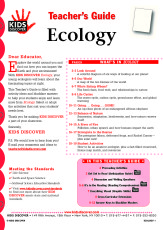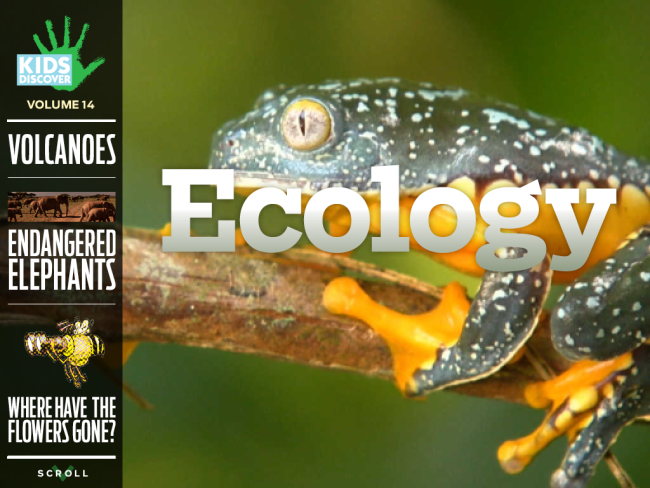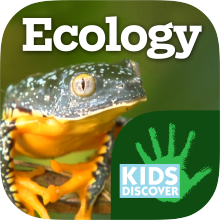 If you’ve been teaching for any length of time, particularly if your repertoire includes the sciences, you’ve probably heard of schoolyard habitats. If you haven’t, you should check out the National Wildlife Federation’s Schoolyard Habitats page (see link at the end of the article).
If you’ve been teaching for any length of time, particularly if your repertoire includes the sciences, you’ve probably heard of schoolyard habitats. If you haven’t, you should check out the National Wildlife Federation’s Schoolyard Habitats page (see link at the end of the article).
If you’ve got the gumption and support, I hope you’ll pursue a full-on schoolyard habitat project. They are wonderful tools on so many levels, not to mention just plain cool. However, if you have science lessons you’d like to teach with habitat elements, but don’t have the time, money, or support to launch a full-on habitat project, don’t despair. Here are five projects that are much more limited in scope, don’t cost a ton, and are easily maintained. (That said, you still may need to jump through district hoops to get permission for some of these. I’m leaving that up to you, since every district handles these types of things differently.)
Worm Bins
Worm bins are structures (indoor or outdoor) build to house composting worms (Eisenia fetida). Properly maintained, they are nearly odor free and can be housed in the classroom. These structures can be as simple as a plastic tub. Most county extension agencies and many municipal governments offer free or low-cost instructions and assistance for individuals interested in vermicomposting.
Worm bins give students hands-on experience with the decomposition process and are a valuable tool for teaching energy transfer through a food web. The “bible” of vermicomposting is the book Worms Eat My Garbage, by Mary Appelhof, but you can find information online as well.
Let the Grass Grow
Grass in a mowed yard is a “Peter Pan” monoculture—“Peter Pan” because it is never allowed to complete its life cycle and monoculture because the lawn is carefully limited to one plant species. Habitat of this type harbors little diversity.
You can change this by simply allowing a section of the grass to complete its life cycle, meaning no mowing, no fertilizing, and no weed killer. This no-cost project allows for a simple comparison between the species present in the mown grass vs. the unmown grass.
If you are able to set aside a large enough plot of grass, you might consider having an area where students are allowed to play in the unmown grass and an area that is strictly wildlife habitat. Tall, cool, unmown grass is a “kid-magnet.”
If you have the ability to make your little meadow a permanent conversion, try planting native flowers here and there among the grass. Seek out a local nursery that carries natives. For help locating a nursery, follow this link: http://findnativeplants.com/
Meadow in a Box
A raised bed planted with a native plant seed mix is a great way to attract pollinators. Raised beds allow students to get close to wildlife and can be modified to accommodate students with disabilities.
Raised beds are another powerful tool for comparing species diversity in various habitats around the schoolyard. If you are able, construct more than one box and plant different species in each. A comparison between native and non-native plantings would be interesting.
This project requires a little more investment up front, but can be reused for many years. The Xerces Society has native seed mixes suitable for many regions of the country. You’ll find them at http://www.xerces.org/pollinator-seed/
Water for Wildlife
Providing water for wildlife is an inexpensive way to add significant appeal to any other habitat project you undertake. Wildlife that cannot be lured to a feeder may venture out for a drink on a hot day.
Any shallow container, like a trash can lid or a plant pot saucer, makes a perfect water source. Be sure to place rocks or fat sticks in the water to give smaller creatures a safe place to land. You can set containers on the ground or build simple platforms.
It’s best to place water source(s) near a shrub or other type of cover. If you’re looking for another science investigation idea, try setting up two identical water sources, one near some kind of cover and one exposed, and see what species prefer each location.
Plant a Tree
This project doesn’t have the same immediate (e.g., same school year) impact as the other projects. However, I think students derive much the same enjoyment as adults at the thought of leaving the type of legacy that a tree offers. Area nurseries might be willing to donate a tree or two. If you can, make it a native tree for maximum wildlife benefit.
I hope these ideas make the idea of schoolyard habitat less intimidating. For more ideas, be sure to check out NWF’s Schoolyard Habitats page: http://www.nwf.org/How-to-Help/Garden-for-Wildlife/Schoolyard-Habitats.aspx.




